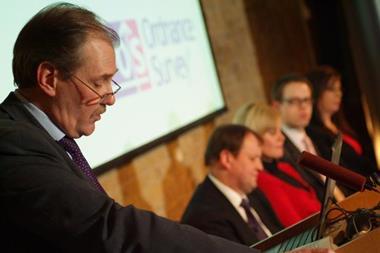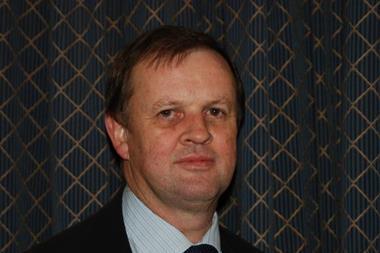Panel discussion: Neal Courtney, BELFOR
Neal Courtney, managing director of BELFOR explores the major issues and changes in the disaster restoration recovery market that have affected the industry in recent years.
"During the 2007 floods the claims life cycles appear to have become extended and there is considerable dialogue at the moment about the approach to these losses and the role of disater restoration recovery suppliers in the overall process," he says.
"The goal is to improve efficiency but does the industry fully understand how we can assist in these processes?" he later asks. Find out the answer by watching the video.
View from the panel
BELFOR's attendance at the inaugural Claims Clinic event was very much a recognition that our industry has an important role to play in the claims resolution process.
The disaster restoration industry itself has evolved from being reactive and more regional, into a service industry where there are far fewer, but larger, national companies which recognise the changes in the insurance and loss adjusting market and have therefore increased their alignment with the sector's emerging needs.
What I personally found very interesting was the sophistication which has developed in terms of information available to underwriters and claims managers where inherent or experienced losses are concerned, as illustrated by the Ordnance Survey speaker.
The application of such tools in fraud and leakage detection can add considerable transparency and therefore value in claims repudiation.
From our perspective any early warning of issues of this nature can be very beneficial especially if this means that policy cover is established more rapidly and certainty over our mitigation costs being covered by the insurer. This is because any delays in applying effective stabilisation and loss mitigation measures can mean the difference between being able to restore, or replacement with all the inherent extra costs that this may bring.
Costs that not only include purchase of the replacement assets (machinery, equipment etc.) and their installation and commissioning, but usually more importantly the associated time delays which such a process entails and the subsequent disruption to the policyholder and their ability to service their customers who will not always to be willing to wait for the company to resume business.
Such a scenario can then result in permanent loss of business with obvious financial implications on the insurance policies in place.
The round table discussions provided a useful forum to explore with experienced professionals from the insurance industry some of the current issues which they are addressing and how restoration services can actively contribute to this process. It was interesting to learn that our mitigation intervention is generally recognised and understood and also to gain an insight as to what else we need to do to increase this understanding and therefore value for the insurance industry.
In conclusion therefore, the afternoon provided a good opportunity to meet with a cross-section of insurance industry professionals and review current issues, trends and initiatives which affect us all.
Neal Courtney is managing director of BELFOR.





































No comments yet